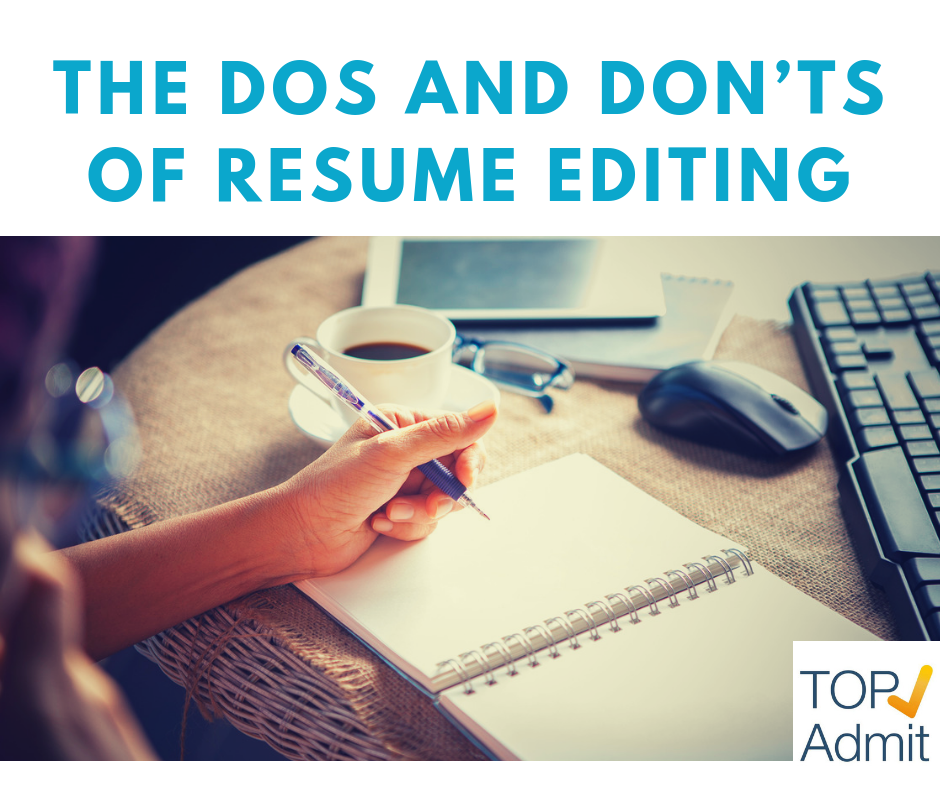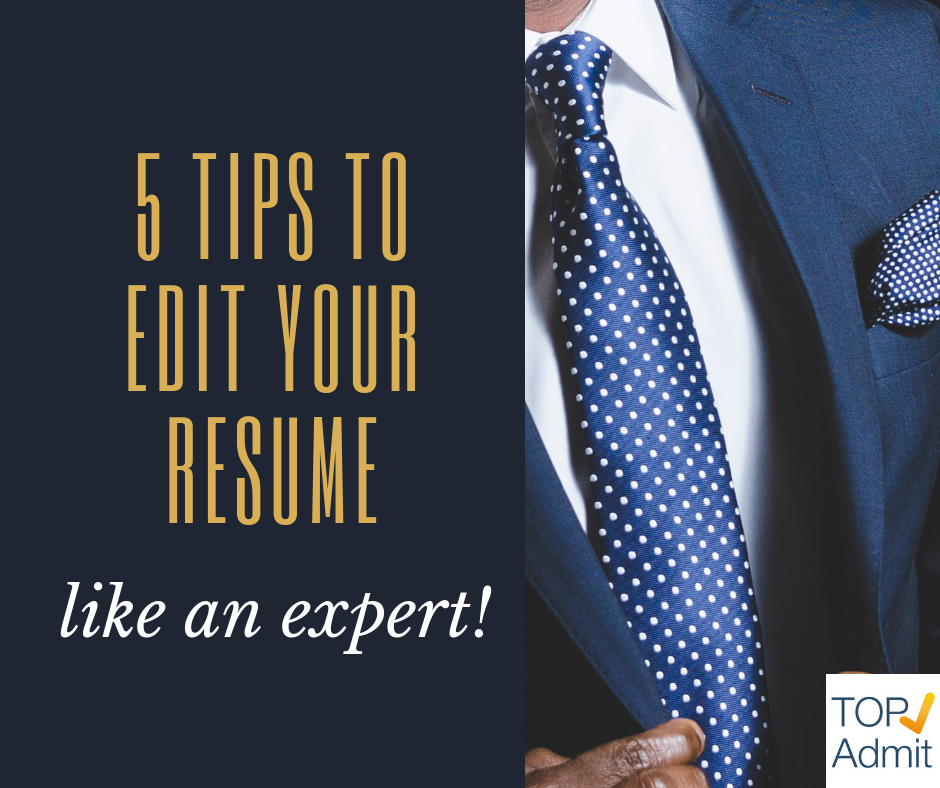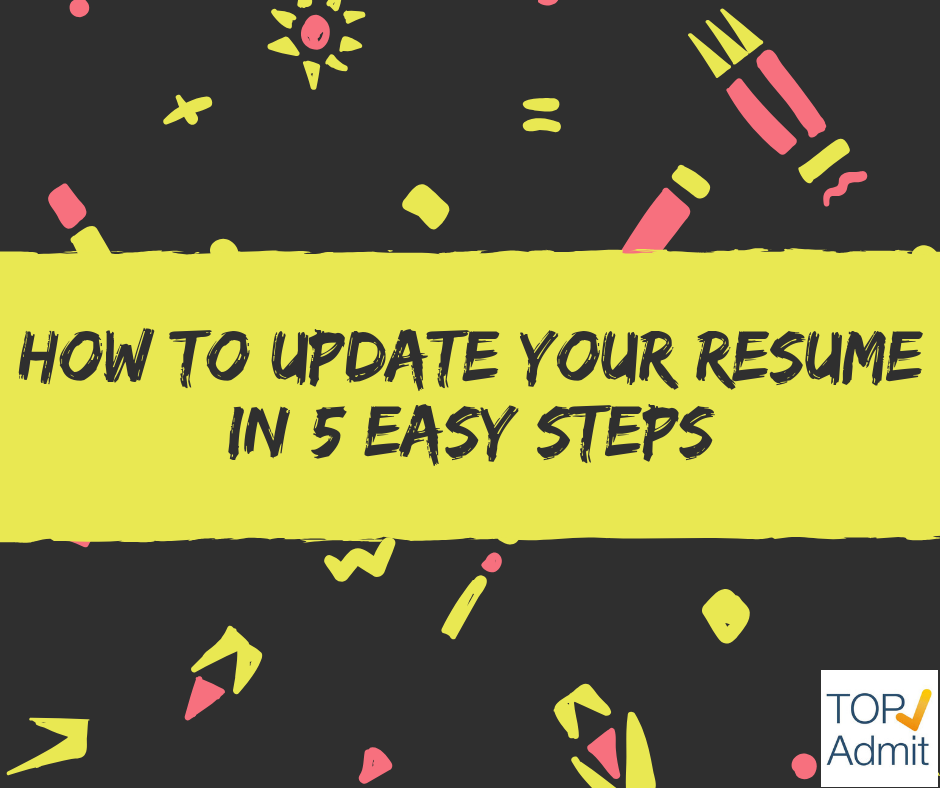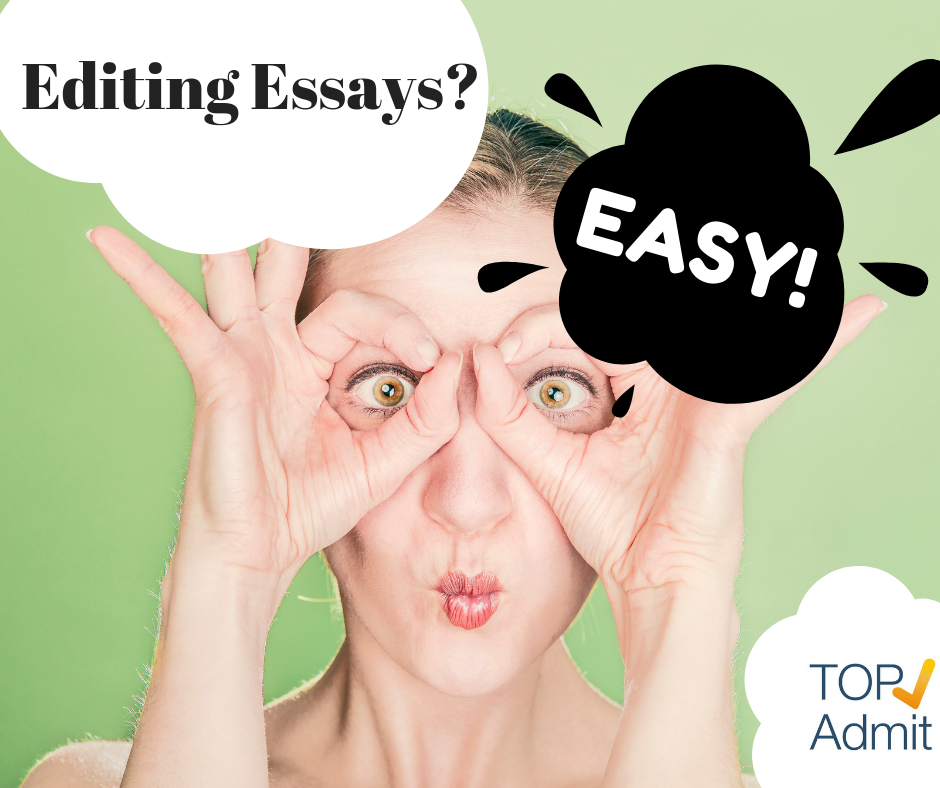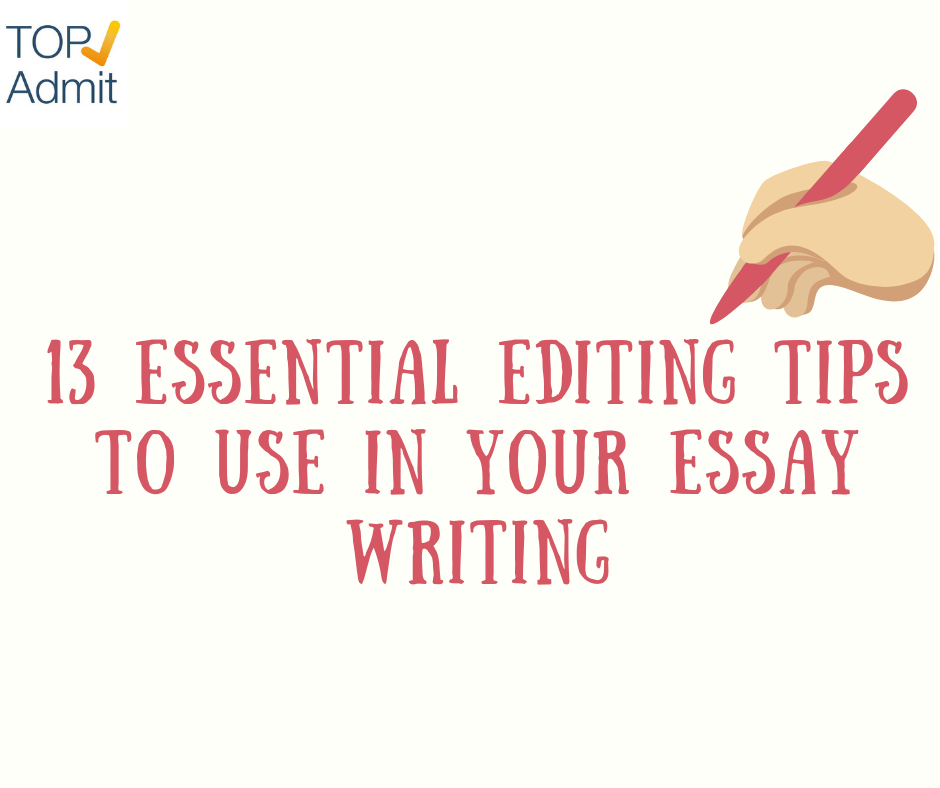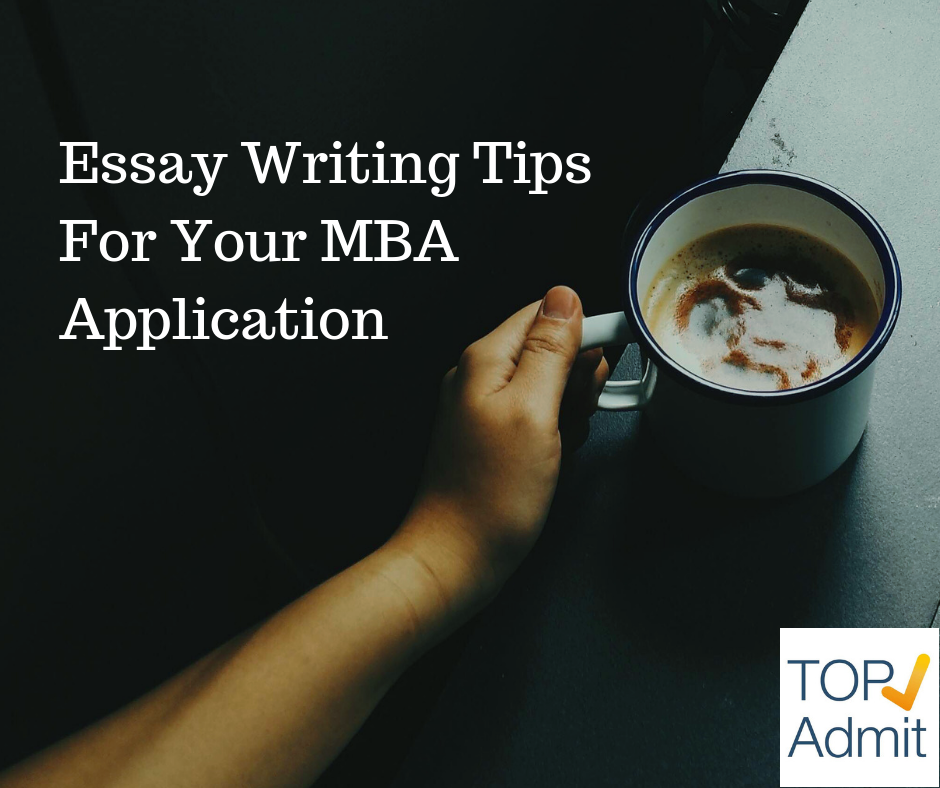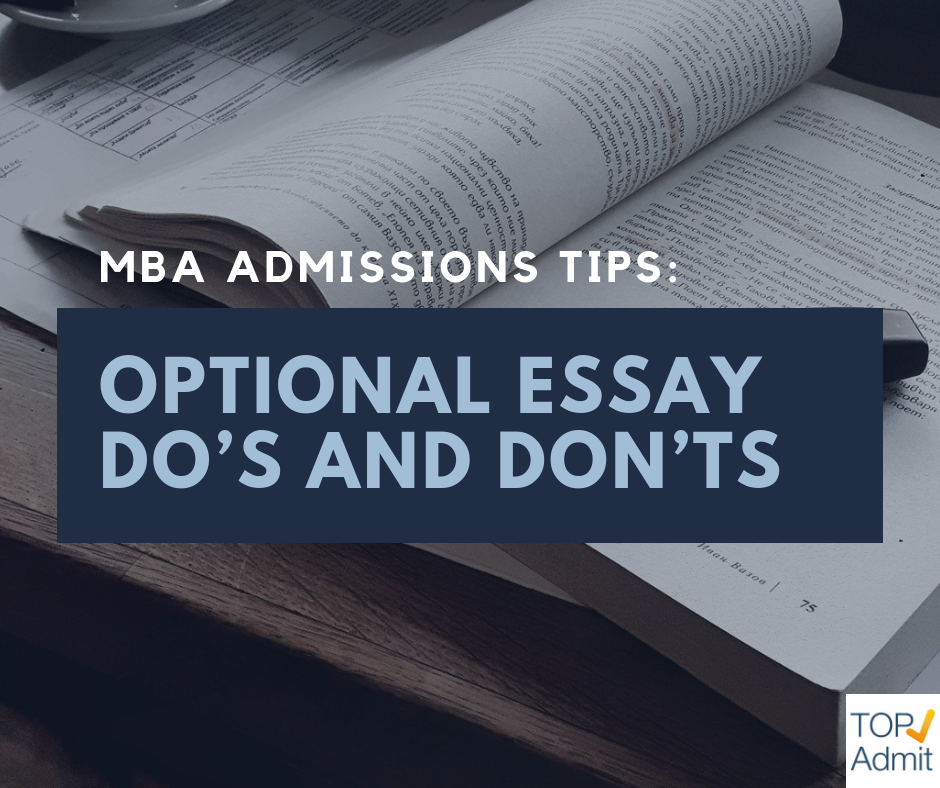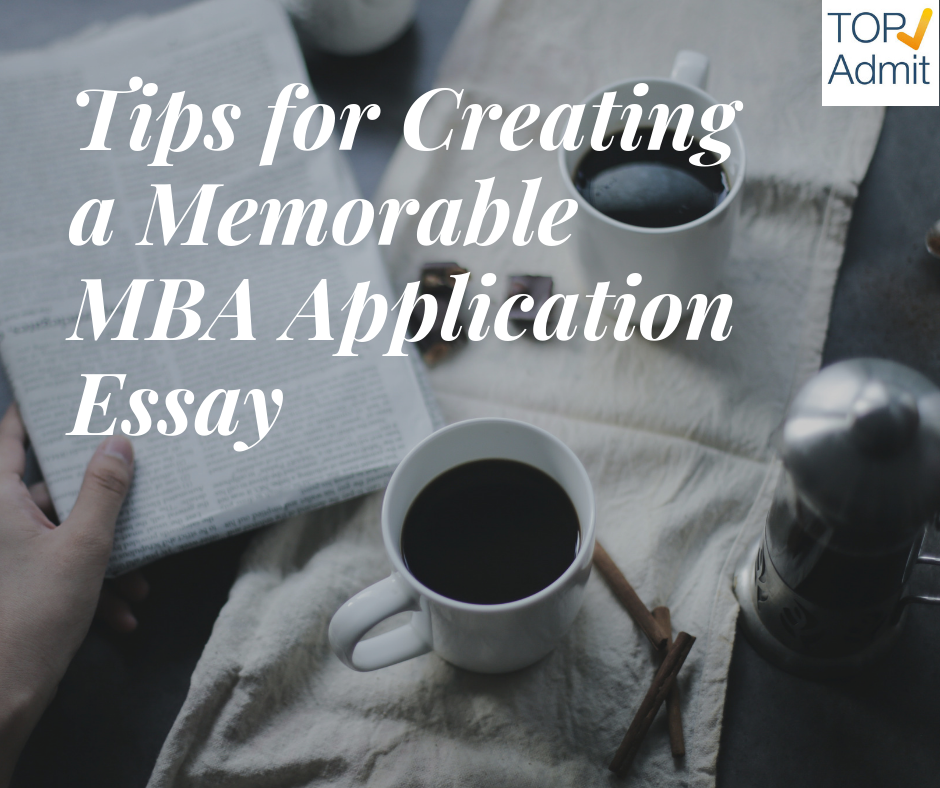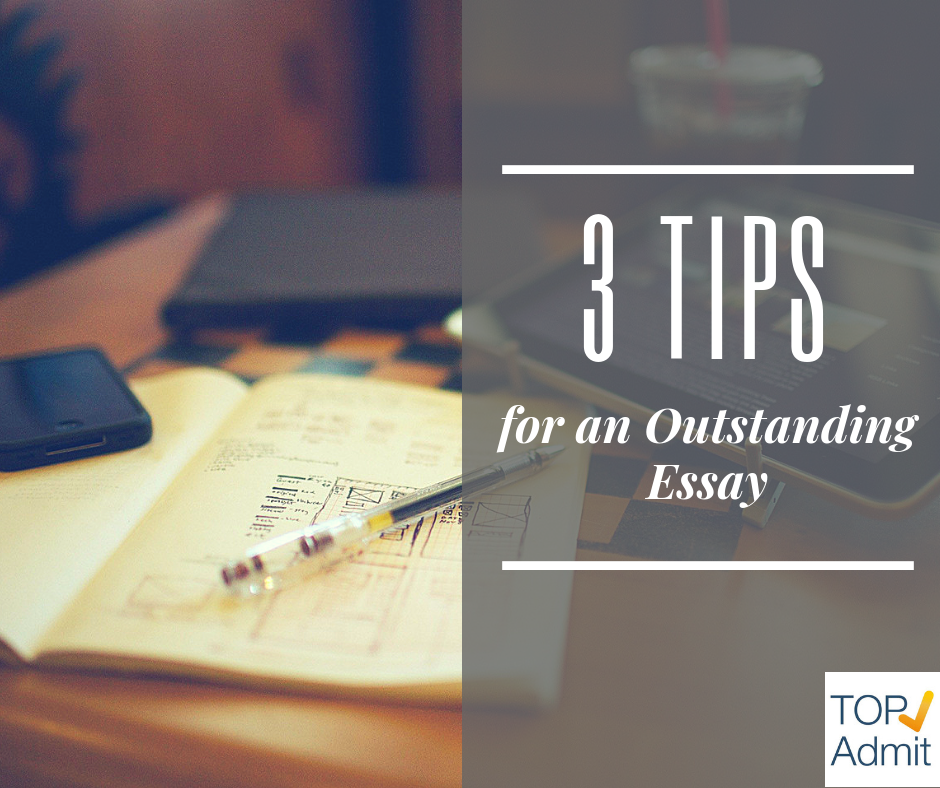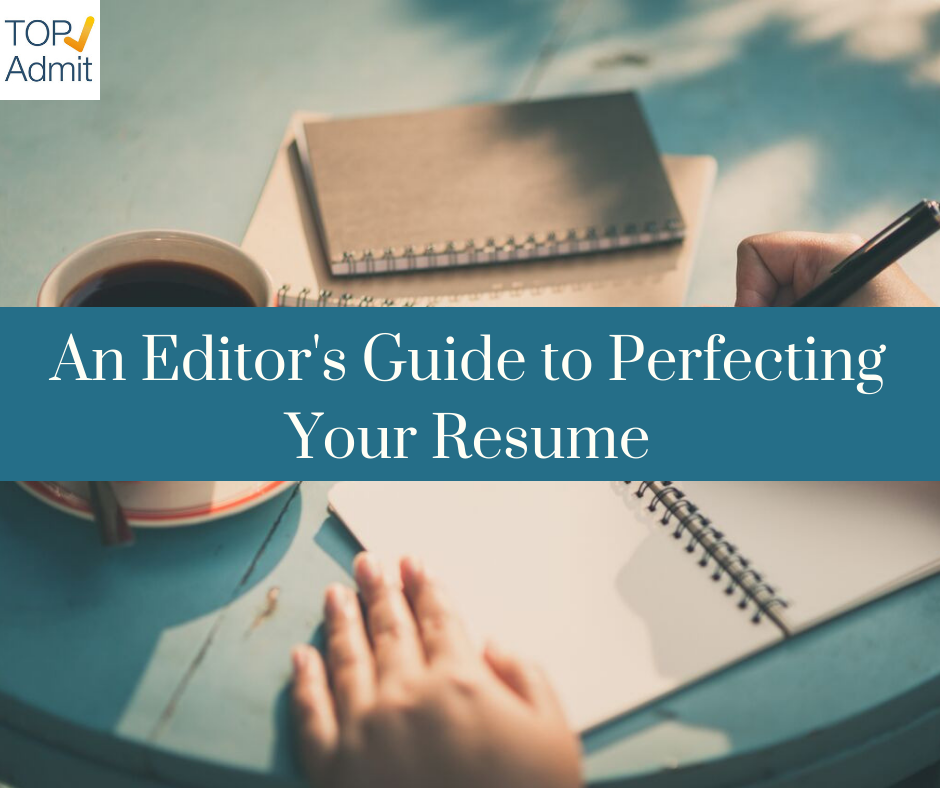Usually, practice makes perfect, but in the case of resume writing, meticulous editing and fine-tuning are what’ll lead you to the perfect resume. However, keep in mind that refining your resume requires a very unique set of lenses to be able to see its flaws and imperfections. With so many contradictory guidelines and common misconceptions about what makes a job-winning resume, it’s hard to know for sure what to change or where to even begin.
To demystify some of the ambiguities surrounding the resume editing process, here’s a hand-picked list of some of the most important dos and don’ts to be aware of during this stage.
The Dos
Do list your most impressive and relevant achievements first
While you might have jotted down the different sections of your resume in whatever order they happened to pop into your mind,this is not always optimal. Instead, you want to move your most impressive accomplishments to the top of your resume. That way, your resume will make a great first impression as soon as the hiring manager begins reading it.
Do optimize for applicant tracking systems
No matter how good your resume looks to the human eye, it might still have trouble getting past applicant tracking systems. These resume robots are used by large organizations (and sometimes small ones too) to weed out unqualified candidates during the initial hiring process. They work by scoring your resume based on how well it matches the job description and meets the predefined requirements.
Some common tactics to get past these robots include incorporating the appropriate keywords, formatting your resume properly, and utilizing standardized resume headers.
Do include soft skills
You might have forgotten to include them in your initial draft, but they’re important to mention. Soft skills refer to the intangible assets that employers look in candidates, such as communication skills, problem-solving prowess, and teamwork ability. While you shouldn’t list these soft skills in your “Skills” section, the bullet points on your resume should be written in a manner that implies that you possess them.
Do tailor your resume for different jobs
Resume editing isn’t a one and done deal. In fact, often times you’ll need more than one resume at your disposal so you can submit the most appropriate one to the job you’re applying for. This is why professional resume writers often craft multiple resumes for a single client.
For example, suppose that you’ve had working experience in both finance and accounting, but you’re currently applying for a job that is strictly finance. You’ll definitely make a stronger impression and appear to be a better fit by emphasizing your finance-related accomplishments while downplaying your accounting experience on the resume you submit.
Do try getting your resume to fit exactly one page
With your initial draft, your resume is usually never exactly one page in length. While you might read from other online sources that this is all fine and dandy, I always suggest that job seekers make the extra effort to get their resume to fit on one full page unless they have over 15 years of work experience. After all, why take the unnecessary risk of irritating a hiring manager who’s fussy about resume length.
Admittedly, sometimes it’s hard to get it just right. Maybe you’re having trouble filling the page up because you have little to no work experience. If you haven’t already, consider adding in the names of the most impressive courses you’ve taken in school, or perhaps include a summary or objective statement at the top.
The Don’ts
Don’t mention the obvious
While it’s great to have the mindset of leaving no stone unturned, everyone already assumes you have experience with Microsoft Word and Outlook. There’s also no point in mentioning that you know English if it’s obvious that you’ve worked in an English-speaking country your entire life. Instead, save your precious resume real estate for more technical skills that are far more impressive.
If you do know a second language though, be sure to mention it, as it’s currently a very sought-after talent that companies love.
Don’t get overly fancy with pictures and colors
Unless you’re in an industry like fashion or graphic design that openly encourages resumes with unique and aesthetically pleasing layouts, it’s almost always better to stick with a basic resume template.
This is true for a number of reasons. For one, hiring managers are used to seeing standard resume formats. They don’t want to spend extra time getting accustomed to your unique layout. To be quite frank, some hiring managers won’t even bother reading resumes that aren’t formatted according to industry standards. They assume the resume is all style and no substance.
On top of that, let’s not forget that resumes need to appease the resume robots. As you might expect, robots are heartless and they don’t care for pretty colors or aesthetics. In fact, they might have trouble processing your resume, and this could severely hurt your chances of moving past the first stage of the hiring process.
Don’t use weak action verbs
You didn’t “help lead” a group initiative. You “spearheaded” one. Always look to use stronger and more impressive power verbs at the beginning of your bullet points, while avoiding weaker ones like “help” or “assisted.”
Don’t be inconsistent
I see this all the time. The resume begins every one of its bullet points with a verb, but then suddenly, out of nowhere, one lone bullet point decides it’s perfectly fine to start itself off with a noun. While it may seem like no big deal, some recruiters can get really ticked off by this inconsistency and conclude that you’re not a detail-oriented job candidate. Just remember to keep things consistent – it’s not hard if you look out for it!
Don’t forget to ask someone to proofread
It’s great that you took the time to edit and refine your resume. Now let your friends and family members help as well. If even professional writers and authors have editors to proofread and make changes to their works, then you should too.
It’s easy at times to think that what you wrote makes perfect sense, because after all, you wrote it! But unfortunately, we’re all prone to making some mistakes or suboptimal writing decisions that we simply can’t catch and fix ourselves. So never skip this final step – it might just be the most important one!
Source: https://www.glassdoor.com/blog/the-dos-and-donts-of-resume-editing/
